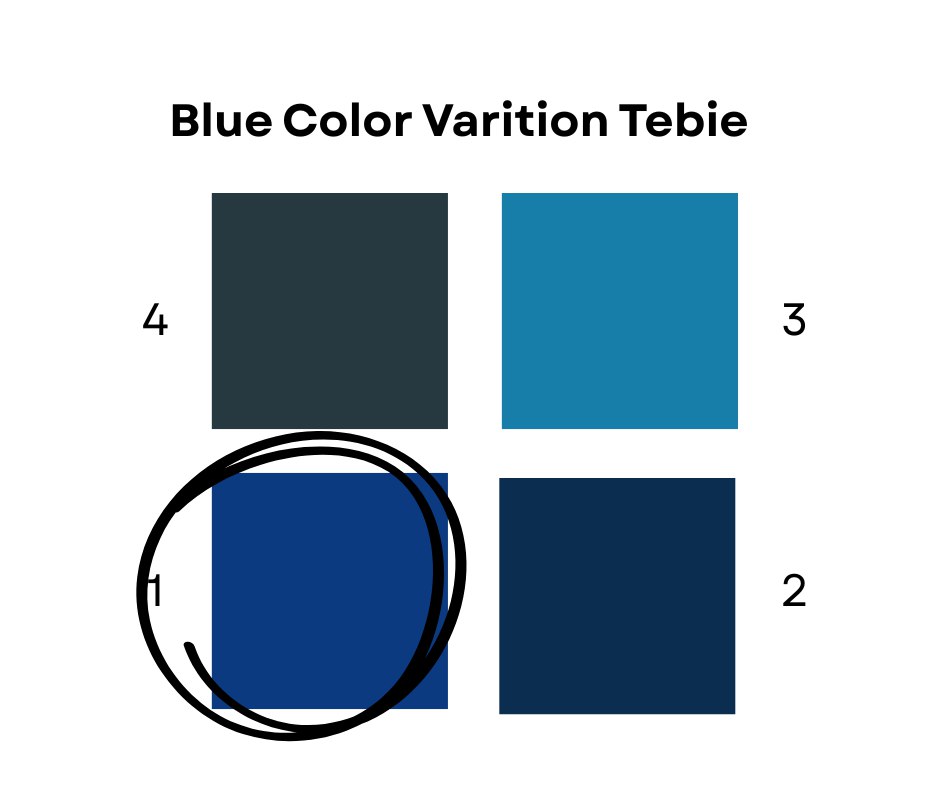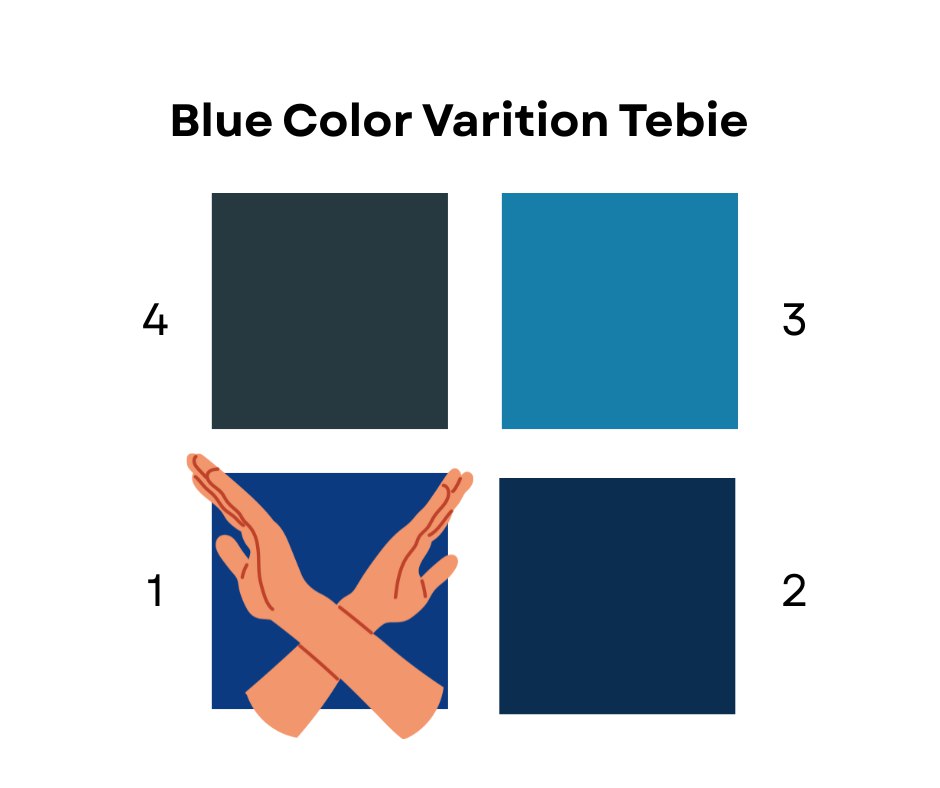
According to the theory of Max Lüscher, the Swiss psychotherapist and psychologist famous for creating the Lüscher Color Test, blue is a fundamental color of great importance in understanding an individual’s psychological and emotional state. Lüscher believed that colors are not merely personal visual preferences but a universal language that reflects the unconscious.
In Lüscher’s system, blue is viewed as an extremely calming” color with a clear physiological effect, as it activates the parasympathetic nervous system. This direct physiological impact is the basis for blue’s deep psychological connotations.
Blue symbolizes emotional attachment and the desire to build harmonious relationships, a sense of belonging, and deep emotional communication. It expresses a strong need for human connection and mutual understanding.
When a person prefers blue and places it at the beginning of their choices in the Lüscher test, it typically reflects a set of positive needs and meanings
Preferring blue indicates a desire for calmness and tranquility, relaxation, and the search for a state of inner and outer peace.
It reflects a tendency toward stability, balance, and a feeling of completeness and unity within oneself and with one’s surroundings.
It may suggest a desire to build relationships based on mutual trust, as blue is often seen as a symbol of stability and loyalty.
Lüscher describes it as conscious passivity, referring to the ability to be receptive, at ease, and internally calm, ready to be positively influenced by one’s environment.
It can reflect a sense of satisfaction and emotional fulfillment, or a striving to achieve it.

Negative Connotations (When Blue Is Rejected or Marginalized)

if blue is rejected or placed at the end of the choices, it points to tensions, conflicts, or difficulties in the areas this color represents Rejecting blue may indicate an inability to relax, a feeling of psychological pressure, or continuous anxiety.
It reflects difficulty in forming deep relationships, a feeling of loneliness, or even a desire for emotional detachment.
It may indicate a fear of weakness or an excessive need for independence, causing the individual to reject reliance on others or commitment to close relationships.
It suggests a lack of fulfillment of the need for emotional engagement or harmony in existing relationships.
It may reflect a desire for change, a feeling of boredom with stability, or a rejection of being tied to fixed patterns in life.
In conclusion, blue in Lüscher’s psychology it’s an indicator of an individual’s emotional state. It reflects a fundamental need for peace, harmony, and balanced relationships, or the challenges they face in achieving these things.
